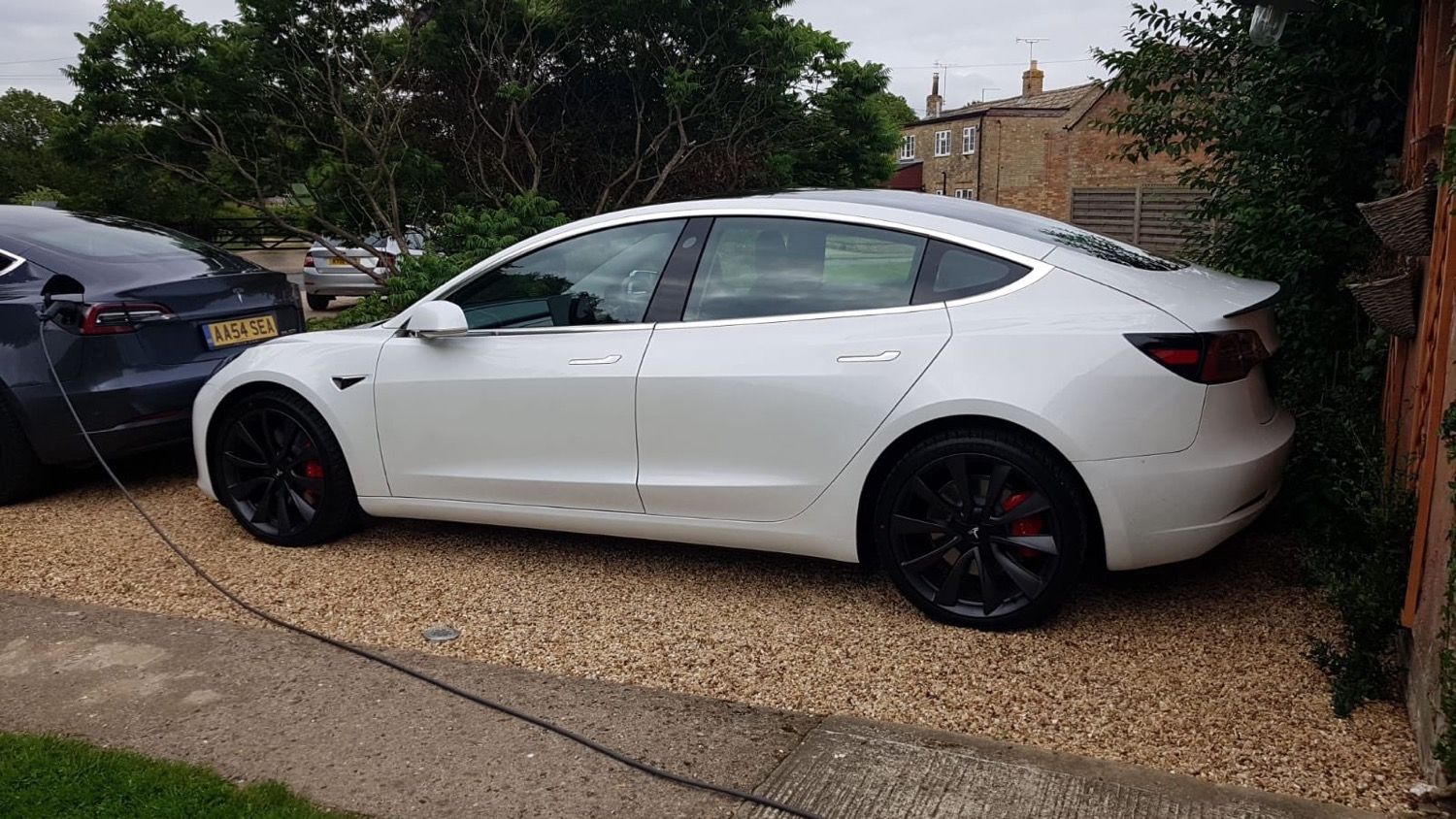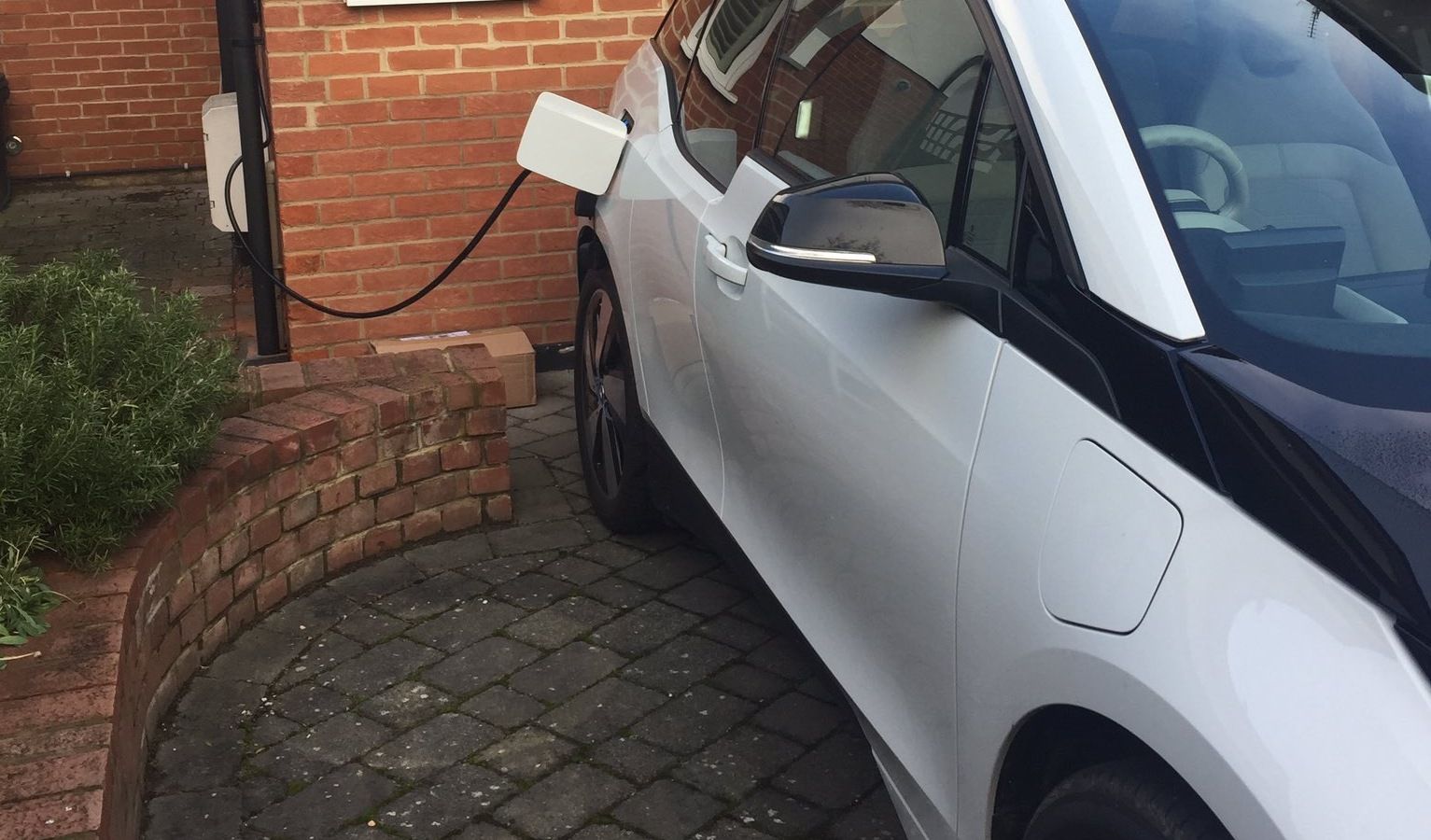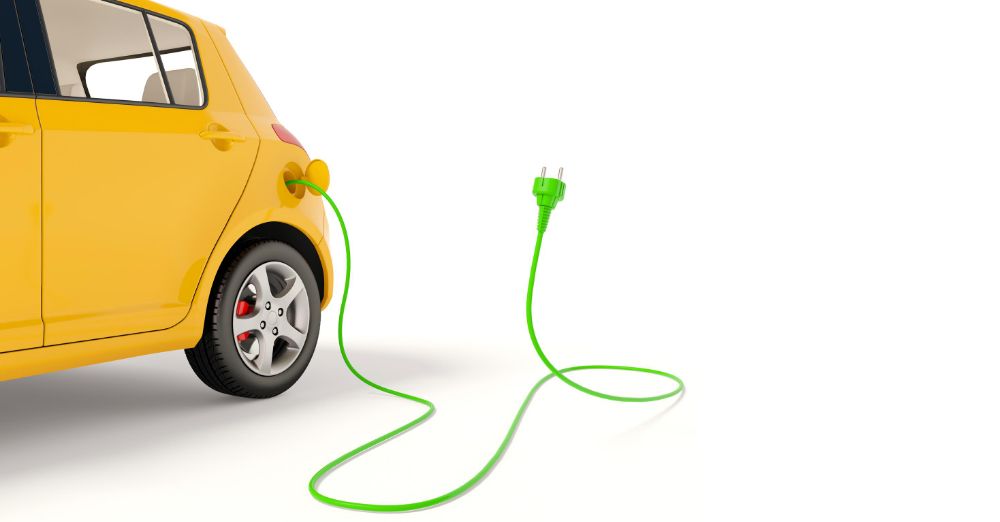If you are switching to an electric car (EV) and can charge at home, you’ll probably also need a home charger.
Charging at home is one of the most convenient bits about owning an electric car, and it makes it even cheaper to drive. Installing an EV charger at home means you can add miles to your battery much faster than you can using a three-pin plug. Some home electric car chargers also offer you a lot more than simply being a quicker way to charge.
Which home charger should you choose? There are quite a few options, but start by scanning through these six easy questions. If anything jumps out, you’re closer to finding the right ev charger for your home:
1. Could you park two EVs side by side?
2. Are your home charger’s looks important?
3. Does your WiFi reach to your parking spot?
4. Don’t want to dig up your drive?
5. Have you got solar (or thinking about it)?
6. Looking to charge on the greenest grid energy?
1. Could you charge two EVs side by side?
Most people prefer a tethered cable – that means a cable and plug is permanently attached to your home charger. The advantages of a tethered charger are that you can arrive home and plug straight in without going to fetch your cable or store it in your boot. The cable is also permanently attached to the wall, so you don’t need to worry about leaving it out.

An untethered charger gives you flexibility if you can’t park two cars side-by-side
Try our home charger comparison tool
The main disadvantage of a tethered charger comes if you need flexibility. So, if you answered ‘no’ to this, you may find an untethered charger is your best option. If you can’t get two vehicles close to the charger, getting a second EV or having a friend over who wants to charge become more tricky. You may in the future want a longer charger cable – which would make an untethered charger a good option for you now.
Also, if you currently have an older EV with a type 1 connector, you definitely want to opt for an untethered charger in order to future-proof your driveway.
2. Are size and design important for your home charger?
Depending on the best spot for an electric car charger for your home, you may be limited by size or not prepared to compromise on looks. EV home chargers range from tiny sockets barely bigger than the plug itself to plastic boxes larger than a cereal box. Untethered chargers are always smaller in size and minimalist in design, so could work well if you’re looking for a subtle addition to your house.

Home chargers can blend in with your location
Other home chargers go to lengths to get noticed for the right reasons. Andersen chargers are available in multiple subtle colours, with beautifully grained wooden panels made from Accoya, a sustainably sourced timber used in bridge-building or ship decking.
3. What if your WiFi doesn’t reach your EV?
To get clever features from many home chargers you’ll need to be able to connect to the internet. If your WiFi signal is weak, but you have a good mobile phone signal, then the Ohme is a great option.
Ohme is the only charger that uses a 3G/4G mobile connection rather than your home’s internet. Ohme’s EV chargers and cables can all connect to 3, EE, O2 and Vodafone networks. The unit will connect to whichever signal is strongest in your area. There is no extra ongoing cost as Ohme takes care of the mobile data charges.

Ohme chargers offer smart features using a mobile connection rather than WiFi
Ohme offers one of the best value EV chargers on the market, especially with a hefty discount for Octopus Energy customers. They also offer a cable-only option, so there’s potential to upgrade an existing ‘dumb’ untethered unit too. More on Ohme’s green energy features a little further down the page.
Zappi is another possible option, as it uses its own wireless connection between devices and a centrally located Hub (that does require WiFi). This wireless frequency has a better range than WiFi, but can still be affected by thick walls.
For all other chargers, you can try Power Line adaptor plugs to extend your wifi outside. For this to work, you’ll need to use two household sockets that are on same ring main.
4. Don’t want to dig up your drive for an EV charger?
‘Earth’ rods (a long copper rod) are commonly inserted into the ground near the charger to protect you should the system develop a fault. In some cases earth rod installation is simply not possible, or you may have a lovely new driveway that you don’t want to disrupt. The good news is that there are plenty of home chargers that have built-in earth protection – making the installation simpler. Using a Government authorised EV installer means any specific issues at your home can be addressed properly.

Many chargers don’t require an earth rod, so your driveway won’t be disturbed.
Pod Point is one of the UK’s biggest charger providers and installers. None of their models need an earth rod. Their Solo Smart Home Chargers come with a universal socket or tethered cable and in a variety of power ratings – from the 3.8kW to 22kW – though most people opt for the 7kW version listed as costing £599 including installation (after government grant).
Myenergi’s Zappi eco-friendly smart chargers also have built-in protection, which means an earth stake is not needed.
ROLEC offers an O-PEN:EV consumer unit compatible with their 20A or 40A WallPod:EV chargers as an alternative to an earth rod, but this comes separately rather than the functionality being built-in to the wall charger. It will cost you around £130 on top of the charger cost.
EO chargers advise using a Garo earthing device instead of an earth rod. The Garo gadget is a bit like an RCD, and will disconnect if a fault is detected. It will also add around £130 to your install cost.
As you might expect from a top-end design, the sleek Andersen A2, hides all it’s own cables and doesn’t require an earthing rod either.
5. Have you got solar (or are you thinking about it)?
If your property has solar, or if you are considering getting solar in the future, and you are regularly able to charge your vehicle in the day with surplus solar energy, then the Zappi is a good option.
Myenergi’s Zappi charger was the world’s first solar-compatible EV charger. Zappi has special eco charging modes that will benefit homeowners with grid-tied solar or even wind generation. Two special eco charging modes automatically adjust charging current in response to on-site generation and household power consumption. In fast charge mode, zappi operates like an ordinary EV charger.

A Zappi charger works well for homes with solar or wind generation
Zappi is produced by British manufacturer Myenergi. It works with a supporting solar power diverter (eddi), energy harvesting wireless sensor (harvi) and smart Hub. You’ll need the Hub to qualify for the OLEV grant and it allows for connection between the Zappi charger and your phone via an app. After the OLEV discount, the zappi & hub units together will set you back around £430, plus installation costs.
The Zappi is capable of putting out either 7kW or 22kW, (but you’ll need a three-phase power supply for the latter). You can choose between a tethered or untethered 6.5-metre cable.
6. Looking to charge with the cheapest, greenest grid energy?
The Ohme syncs automatically with your EV tariff, taking advantage of the cheapest electricity rates, such as those offered by Octopus Energy.
What’s the best charger for me?

Charging an EV with surplus power from your solar panels is greener and cheaper
Ohme is currently the only charger in the UK to offer these type of smart features via an easy-to-use app. The app will let you keep track of costs, but also the carbon impact of the energy you use.
As we mentioned earlier, the Ohme products require a 3G/4G mobile phone signal to work as a smart charger. This allows you to see more accurate costs (great if you claim the cost of your miles back), as mobile data can be more reliable than a WiFi signal, depending on the location of your charger and router. However, it’s worth noting that without phone signal, you won’t be able to benefit from Ohme’s smart charging capabilities.
7. Can’t get a smart meter installed?
Unfortunately, a smart meter is still essential if you want to get a time-of-use tariff. If you can’t get a smart meter installed, you may be able to get some of the rewards by using a smart charging app like ev.energy. The app works with a number of utilities to give you rewards for shifting your charging to greener, off-peak hours. Utilities that offer tariffs that work with ev.energy include Igloo Smart EV and E.ON Next Drive. The app currently works with either a connected car (all Teslas and most other OEMS via an integration) or a limited number of chargers (Indra and Rolec being two). Full details from ev.energy’s charge and car FAQ.
Do I even need to install a 7kW home EV charger?
A regular three-pin plug will draw a maximum charge of 3kW, adding around 10 miles every hour it is plugged in. This might be too slow to fully recharge an electric car from empty in a useful amount of time, but it will work if you don’t do many miles each day so only ever need to ‘top-up’.
Many manufacturers supply a cable with a three-pin plug with your car. However, there are safety features and protections on all EV home chargers that will protect you in the event of a rare fault. Home chargers do provide electrical safety for the operator and lower risks of fire and electric shock. If in doubt, it’s a good idea to get an qualified electrician to check over your set up if you intend to use a household socket for an extended period.
Can I charge at 22kW with a home charger?
To charge at 22kW, your home would need to have a three-phase electricity supply. Most residential properties in the UK only have single-phase supply and cannot use a three-phase 22kW charger. You can apply for an upgrade to three-phase supply through your DNO, but this could cost you up to £15,000.
How do I find a home charger installer near me?
The Government’s Electric Vehicle Homecharging Scheme will be coming to an end for owner occupiers in March 2022, so if you qualify for a grant towards the cost of a home charger installation there’s still time to go ahead. The EVCC is a trade body set up by the Renewable Energy Association. Read their step-by-step guidance on installing EV home chargepoints.
